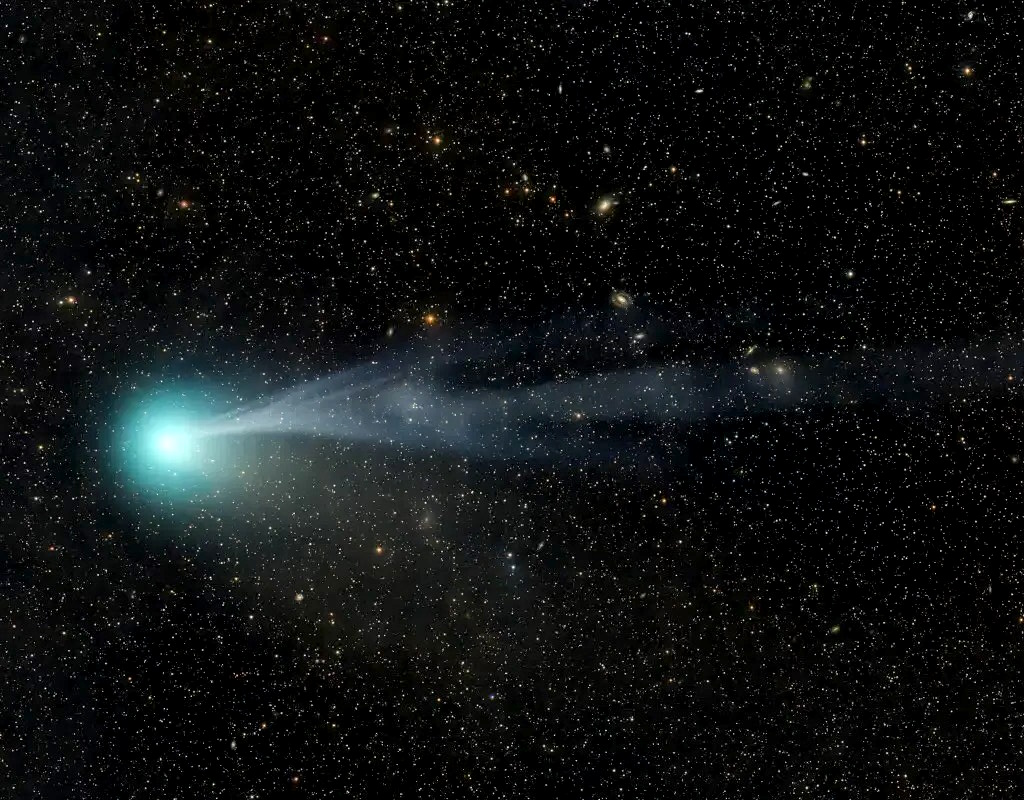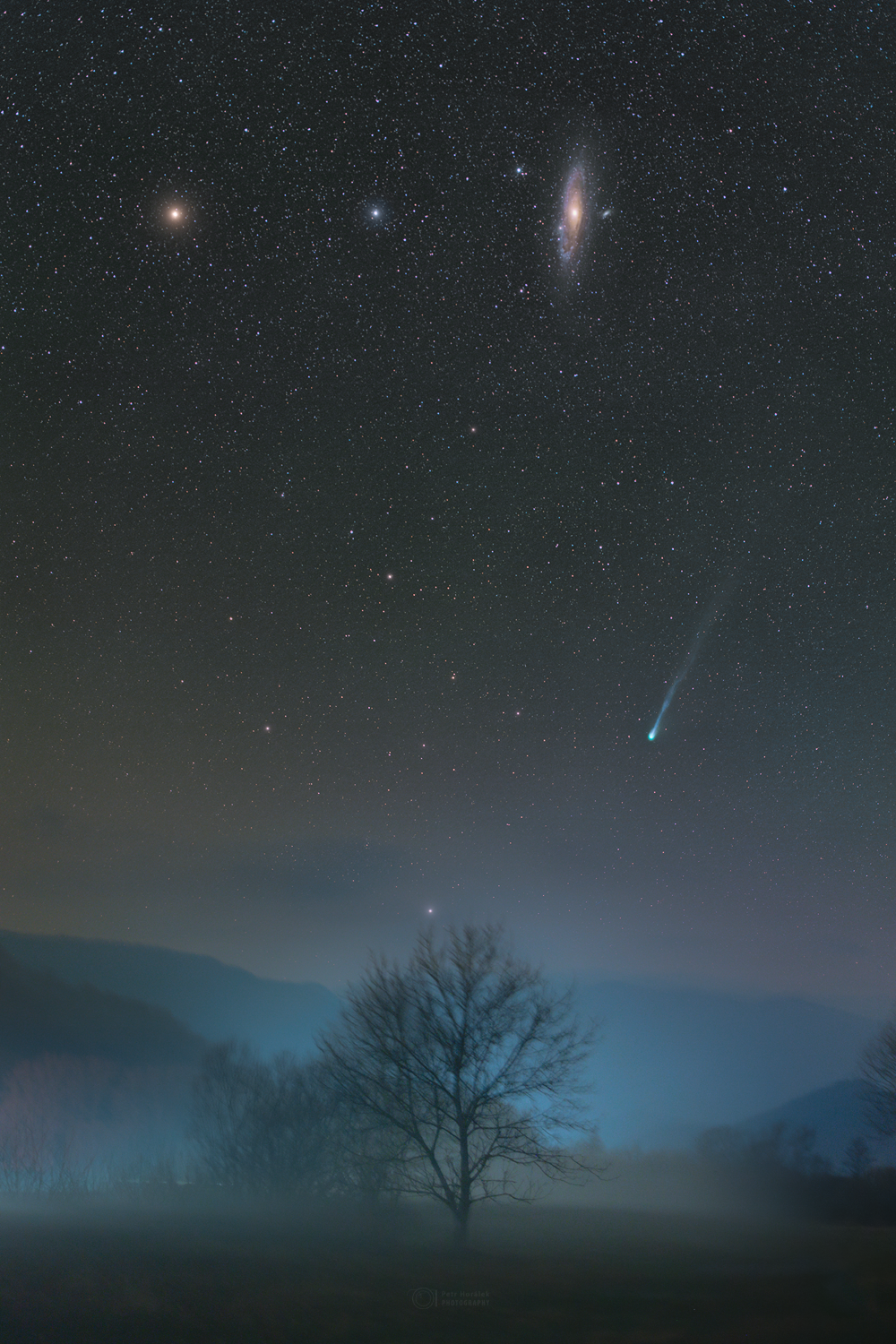April of this year promises to be eventful for astronomy enthusiasts. First of all, a total solar eclipse is expected over the United States. In addition, it will be possible to get a better look at the impressive comet called “Devil Comet”, or 12P/Pons-Brooks.

12P/Pons-Brooks visits the inner Solar System only once every 71 years, so it is a unique event for astronomy. Although the closest approach to Earth will take place in June, it will be brightest and most easily noticeable during the closest approach to the Sun — on April 21. The comet will be visible until the end of April. It is best to do this from places with clear, dark skies.
The most interesting thing is that this best period for observing the comet coincides with the solar eclipse on April 8. Although it will be difficult to see the comet with the naked eye during the eclipse, especially in Ukraine, because this event will be on the other side of the globe, observing the “tailed guest” will be possible under certain circumstances.

“Don’t expect it to be dazzlingly bright — the kind of image you see in photographs. It’s not going to be like that. This is something that might just be visible to the naked eye — if you don’t have a moon in the sky, if there’s no light pollution, and if the weather is really clear, then you might stand a chance. But for most of us, we’re going to need to pick up a pair of binoculars,” said Dr. Robert Massey, deputy executive director of the Royal Astronomical Society.

The comet was nicknamed “Devil Comet” because of its sharp and horn-like shape. Comet tails are caused by the evaporation of ice, which melts under the influence of solar radiation. This comet belongs to the category of cryovolcanic, which emit dust and gas under the influence of increased pressure. These emissions give the comet a distinctive horned appearance. It also glows green due to the diatomic carbon molecule.
If you intend to observe a comet, the Royal Astronomical Society offers some useful tips in the video below.
Massey, also gives advice to astronomy enthusiasts: “Ideally, look at one of the apps you can get on your phone, showing you where things are in the sky, or a finder chart of some kind. That’ll really help you to track it down. And when you see it, it’s likely to look like a sort of small, grayish fuzz, quite typical for many comets. But you will have the satisfaction of knowing you’ve seen this once-in-a-lifetime object.”
Earlier we reported that comet 12P/Pons-Brooks resembled the Millennium Falcon from Star Wars.
According to digitaltrends.com
Follow us on Twitter to get the most interesting space news in time
https://twitter.com/ust_magazine


